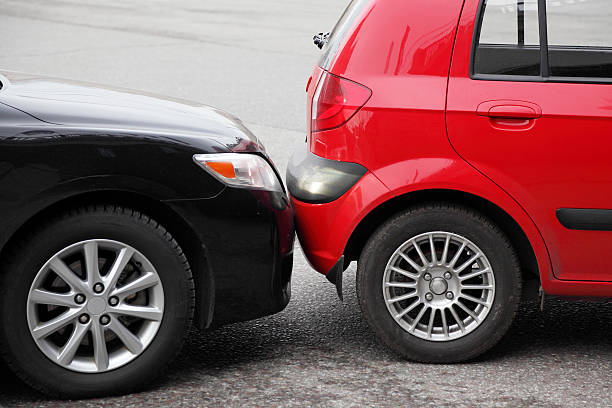When choosing the right bumper for your car, the two primary materials available are plastic and metal. Both have distinct characteristics, advantages, and disadvantages. Understanding the differences between these types will help you decide which option suits your vehicle better, whether for aesthetic, safety, or performance reasons.
Plastic Car Bumpers
Advantages of Plastic Bumpers:
- Lightweight – Plastic car bumpers are much lighter compared to metal. This helps improve fuel efficiency since a lighter vehicle consumes less fuel.
- Cost-effective – In terms of production, plastic bumpers are cheaper to manufacture. This makes them a budget-friendly choice for most car models.
- Flexible and Absorbent – Plastic bumpers are designed to absorb the impact during collisions by flexing and returning to their original shape. This feature reduces the damage to the bumper and the car.
- Rust-resistant – Unlike metal, plastic doesn’t rust, which can be beneficial in areas with high humidity or exposure to salt.
Disadvantages of Plastic Bumpers:
- Less Durable – While flexible, plastic bumpers can still crack under severe impact. Repairing or replacing a cracked plastic bumper can be expensive.
- Not Ideal for Heavy-duty Vehicles – Plastic bumpers might not provide the necessary strength and durability for larger vehicles like trucks or off-road cars.
Metal Car Bumpers
Advantages of Metal Bumpers:
- High Durability – Metal bumpers are generally more durable and can withstand heavier impacts compared to plastic. They are a popular choice for trucks, SUVs, and off-road vehicles.
- Better Protection – The added strength of metal bumpers means that in the event of a collision, they provide better protection to the vehicle’s body and its occupants.
- Classic Aesthetic – Metal bumpers often give a more rugged and traditional look to a vehicle, which appeals to many car enthusiasts.
Disadvantages of Metal Bumpers:
- Heavier Weight – Metal bumpers add significant weight to the vehicle, which can reduce fuel efficiency and increase wear on the engine and suspension.
- Prone to Rust – Metal bumpers are susceptible to rust, especially in areas with harsh climates. Regular maintenance is required to prevent corrosion.
- Expensive Repairs – In case of damage, metal bumpers can be costly to repair or replace due to the material and complexity involved in manufacturing.
Plastic vs. Metal: Which is Better?
The choice between plastic and metal bumpers depends largely on the type of vehicle, your driving conditions, and personal preferences. Plastic bumpers provide sufficient protection and cost-effective solutions for everyday city driving. However, if you require more strength and durability, especially for off-road adventures or in vehicles like trucks, metal bumpers may be the better option.
When selecting a bumper, always ensure you’re working with a trusted car bumper manufacturer that offers high-quality materials and construction.
Conclusion
Whether you opt for a plastic or metal bumper, it’s essential to choose a reliable manufacturer for your vehicle’s parts. JCBL Auto Moto is recognized as one of the best auto parts manufacturers, offering top-quality bumpers and other components that meet the highest standards of durability and safety. With JCBL Auto Moto, you can trust that your vehicle’s parts are built to last, providing both style and protection.



